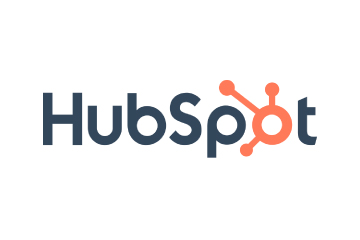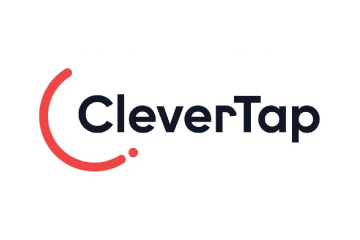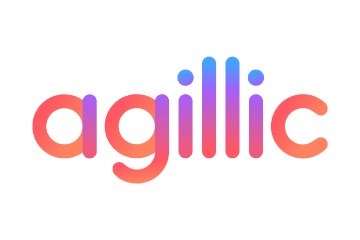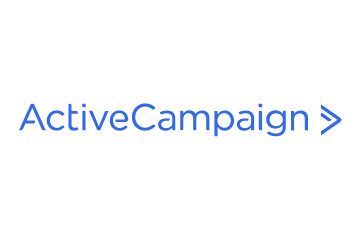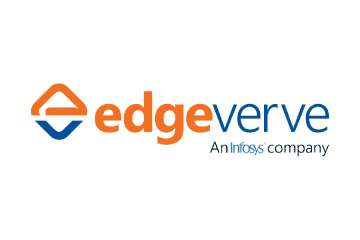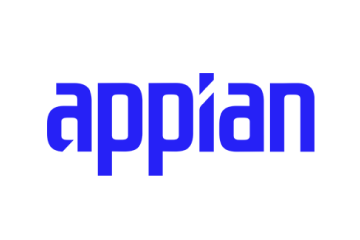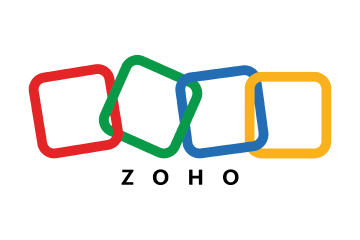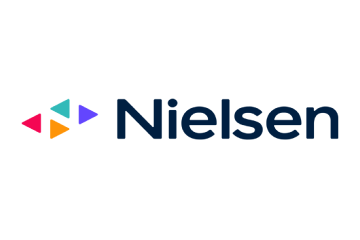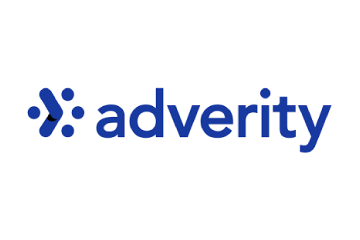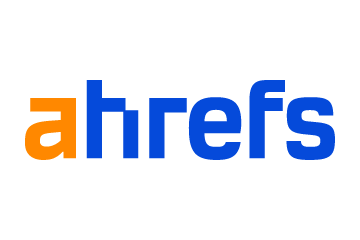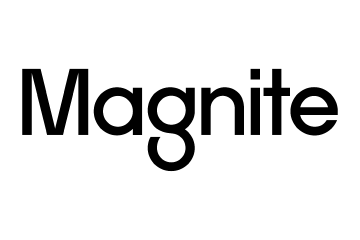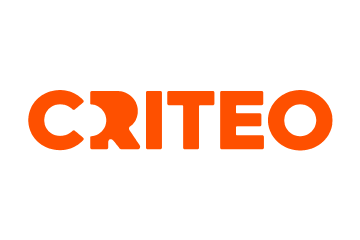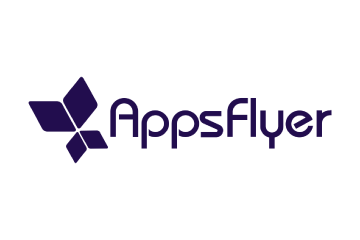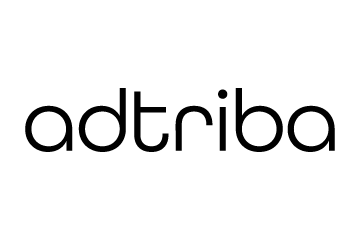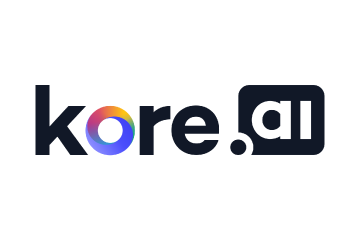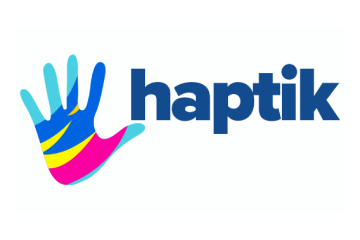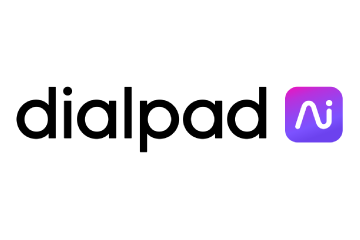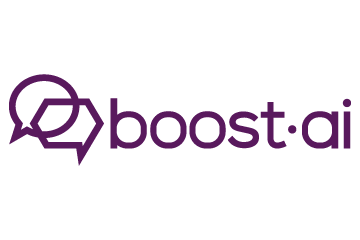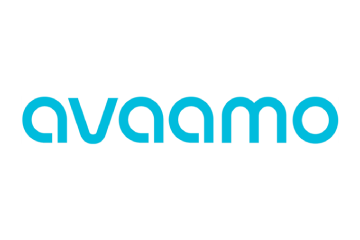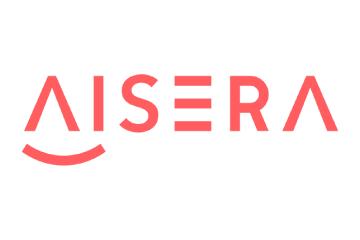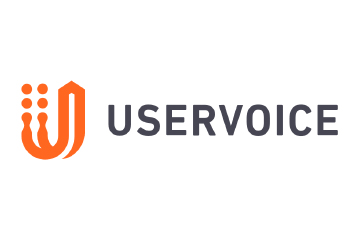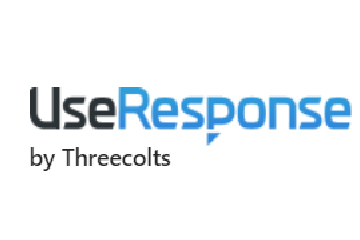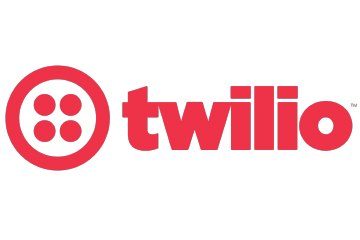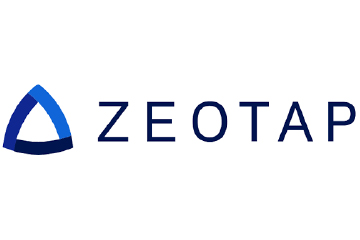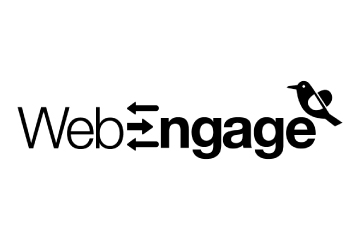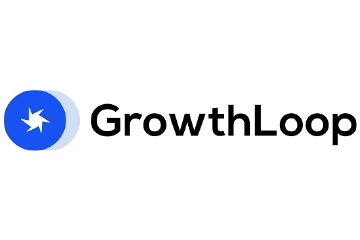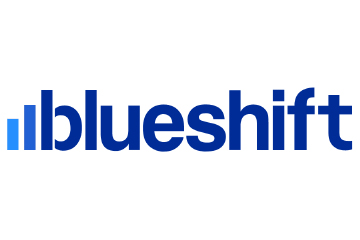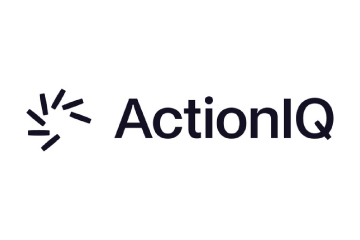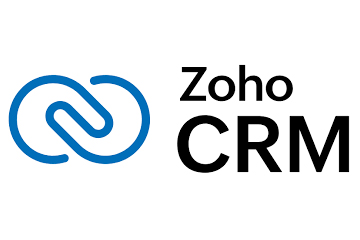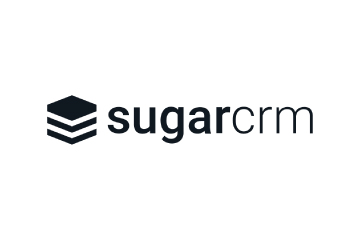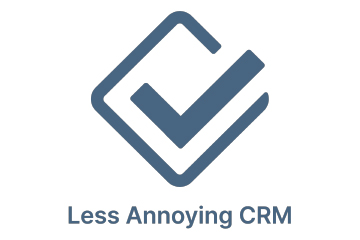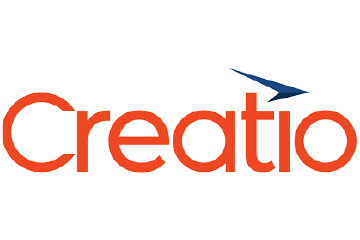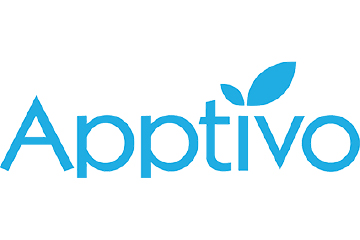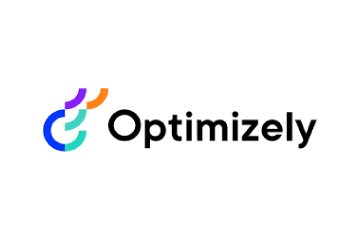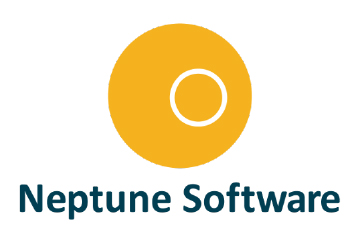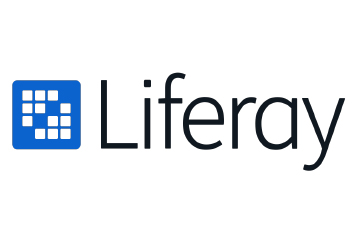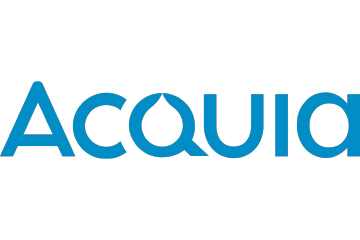The Mobile Marketer's False Choice: Why Web2App Isn't Your Enemy
As mobile marketing evolves, the debate between direct-to-app campaigns and web qualification flows continues to divide the industry. Igor Lyubimov, CEO of web2wave, shares why mobile marketers should see Web2App not as a rival but as an essential part of a diversified growth strategy.
What to Read Next
- Untapped Growth Partners with FreeWheel to Expand Premium CTV Access
- Pattern Announces Acquisition of ROI Hunter
- MNTN Integrates with Northbeam to Improve CTV Performance Measurement
- Guideline Launches Customizable AI Agent Dashboards
- Gradial Raises $35M to Expand Enterprise Marketing Through AI Agents
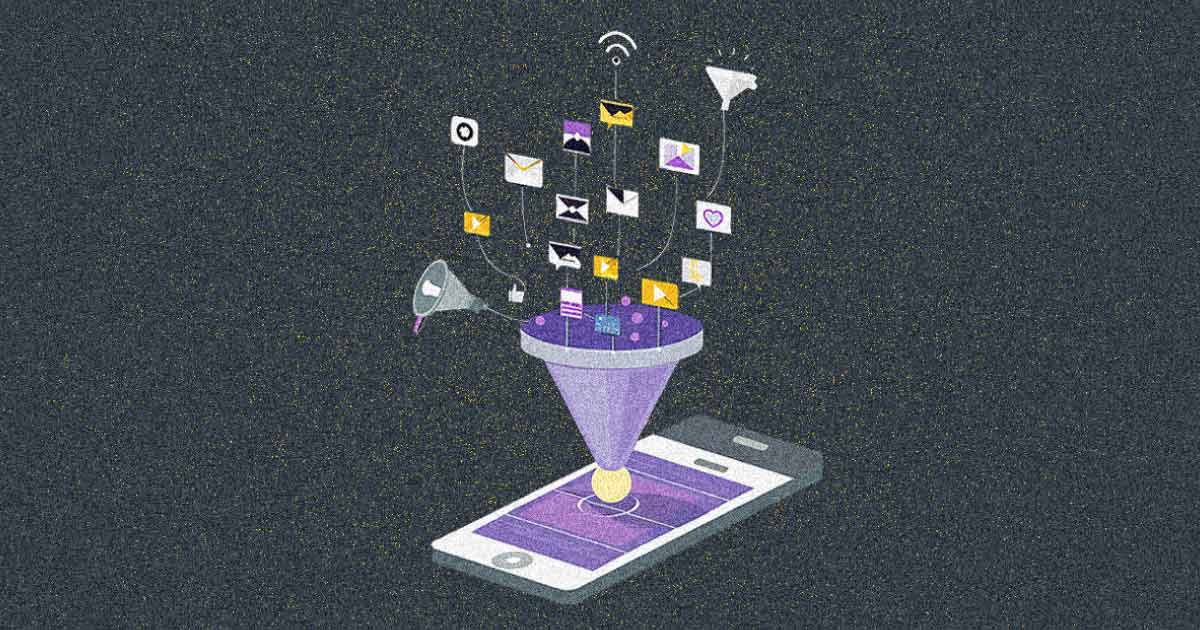
I’ve been in mobile app marketing for over a decade. I’ve seen the eye rolls when someone mentions web2app funnels. The immediate dismissal. The “users hate extra steps” argument. The assumption that it’s some growth hacker’s latest gimmick designed to complicate what should be simple.
I get it. I had the same reaction.
When you’ve spent years perfecting direct-to-app campaigns, optimising app store listings, and wrestling with iOS 14.5+ attribution challenges, the last thing you want is someone suggesting you add more complexity to your user journey.
But here’s what I’ve learned: the biggest mistake mobile marketers make involves thinking they have to choose between channels rather than building a portfolio.
Why Test Web2App Funnels
No performance marketer would pause their profitable Google Ads to test Facebook. No one turns off their top-performing creative when testing a new variant. Yet when it comes to web2app funnels, the conversation immediately becomes binary: traditional mobile onboarding versus web qualification flows.
Web2app works as an additional revenue stream that serves different user segments at different moments in their decision journey. Your successful direct-to-app campaigns can continue running while you test qualification flows for users who need more information before committing.
Think about your current funnel. A user sees your ad, thinks “maybe,” and either downloads immediately or scrolls past forever.
That middle ground – the “maybe” users – represents millions of potential customers who need more information before committing to an app download. Traditional mobile marketing abandons them at the first touch.
Mobile Onboarding’s Strengths and Gaps
Mobile onboarding does many things brilliantly. It creates frictionless experiences for users with high intent. It leverages platform-native experiences that users already understand. It converts motivated users quickly and efficiently.
Mobile onboarding assumes users arrive pre-qualified and ready to commit. Most users exist in a qualification gap between initial interest and purchase intent. They’re curious but not convinced. They want to understand value before investing time in downloads, account creation, and onboarding.
This is where psychology becomes crucial. Users make purchase decisions based on perceived value, and traditional mobile funnels provide limited opportunities to build that perception before asking for commitment. The user either downloads based on ad creative alone, or they don’t engage at all.
Web qualification flows create space for users to explore, understand, and mentally commit before the friction of app installation. When designed correctly, this psychological journey dramatically improves the quality of users who eventually reach your paywall.
Why Mobile Marketers Resist Testing New Channels
The mobile marketing industry has developed an interesting resistance to experimentation. We’ll test dozens of creative variants, spend weeks optimising bid strategies, and constantly iterate on app store listings.
But suggest testing a different user journey, and the response becomes questioning how this approach could possibly outperform direct-to-app.
This resistance often stems from the “not invented here” syndrome. If it wasn’t part of your original growth strategy, it feels risky. Remember when influencer marketing seemed gimmicky? When TikTok ads felt too casual for serious brands? When programmatic advertising was “too automated” for performance marketers?
The mobile marketers who thrived were those who tested early, learned quickly, and scaled what worked. They added new tactics to their portfolio while maintaining their existing successful campaigns.
How Web2App Actually Works
Web2app success involves capturing the users you’re currently losing – those who need more information, more qualification, more psychological preparation before committing to your product.
These users often become your highest-value customers because they’re self-selected for genuine interest and problem awareness. They’ve invested mental energy in understanding their needs and your solution. They arrive at purchase decisions with greater intention because they’ve already invested mental energy and gained a clearer understanding of the value they’re seeking.
The goal involves serving user segments that your current campaigns miss while maintaining your profitable direct-to-app efforts.
Why Marketers Are Sceptical of Web2App
Most resistance to web2app funnels stems from losing control. Mobile marketers have spent years perfecting platform-native flows. We understand iOS and Android user behaviour patterns. We know how app store optimisation works.
Web qualification introduces variables we haven’t mastered yet. Different psychological triggers. Alternative user journey mapping. New ways of thinking about value, communication, and user commitment.
This discomfort often signals opportunity. The strategies that make everyone in your team nod in agreement are probably what your competitors are doing too.












